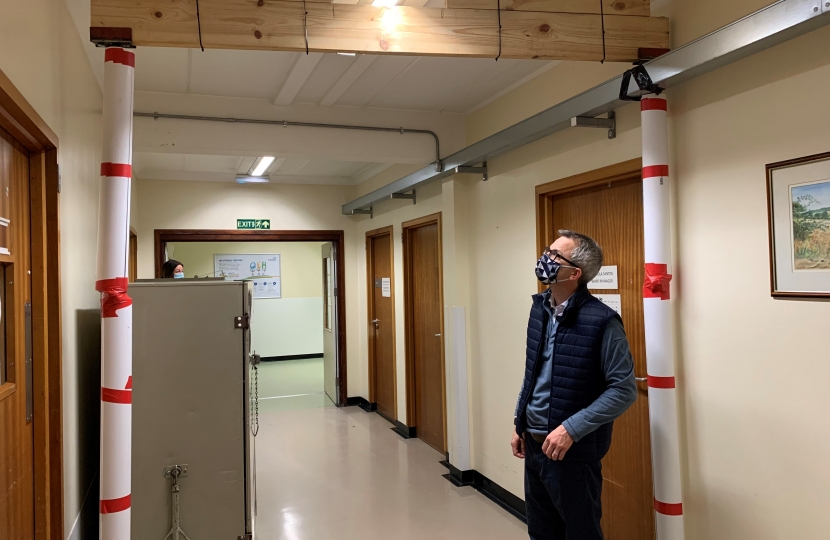
The Department of Health and Social Care (DHSC) has launched the selection process for the next 8 new hospitals with expressions of interest required by September.
The DHSC is inviting expressions of interests from NHS trusts in England who wish to be considered for inclusion in this next wave of the programme, identifying a further 8 new hospitals to deliver on the government's commitment to fund and build a total of 40 new hospitals by 2030. Together with 8 pre-existing schemes which have been included in the national programme, these 48 hospitals represent the biggest hospital building programme in a generation.
This is the first of a 2-stage selection process, starting with an ‘expression of interest’ phase which is open to all trusts. It will be followed by a more detailed process for long-listed schemes later in the year. The government aims to make a final decision in spring 2022. This process will also inform the ongoing pipeline of investment through this programme, subject to future funding settlements.
The government is committed to an open and robust selection process, which supports its ambitions to Build Back Better, including a focus on safety issues which was confirmed in Parliament in response to James raising the prop issues at QEH, through:
- better outcomes for people and smarter use of infrastructure – how the scheme supports the NHS Long Term plan aims, for example joined up, person centred and high-quality clinical care. This might include a brief description of the clinical and service model case for change and/or how the scheme would support service delivery and benefit the local population
- stronger and greener NHS buildings – how the scheme would support modern fit for purpose and efficient use of estates and increase service resilience. For instance, you might wish to describe how the scheme will address estates quality or safety issues (for example backlog maintenance, specifically critical infrastructure risk and impact on services), support COVID-19 recovery (for example ensuring greater flexibility and productivity in the use of space) improve efficiency of the estate and/or support net-zero carbon/ sustainability objectives
- fairer and more efficient use of resource – how would this scheme enable more efficient, levelled-up investment and support the local community. This might include how the scheme would support wider health and care service models (for example supporting services to be delivered through primary and community settings and/or better join up amongst services); and how this makes efficient use of assets and land. This could also include a description of any savings you foresee from investing in this way
James said
“Earlier this week in Parliament I was again making the compelling case to ministers for QEH to be one of the new hospital schemes that is strongly back by the local community and councils. This marks the next phase of the campaign and I will continue working with QEH to develop proposals for a fit-for-purpose hospital based on modern construction methods that meets the needs of patients, staff, and visitors.”
Trust EOIs will be considered alongside a broader range of evidence to support longlisting and to pave the way for more detailed discussion and feedback during the later selection stage. EOIs will provide the headlines on the scheme aims and benefits. This will then be combined with analysis of estates, financial and quality metrics from existing official datasets – as signed off by trust leaders – and information from regional leaders on local system priorities, in order to identity a longlist for consideration in the second phase of the selection. The subsequent, more detailed selection phase is likely to be launched by early next year.
Selected projects will be delivered through a national model within a limited financial envelope, with a high degree of internal standardisation, using modern methods of construction and close working with the programme team to ensure that the full potential benefits of involvement in the programme are realised in the hospital plans. By expressing interest, trusts are confirming that they are willing to follow the programme’s model.
Caroline Shaw, QEH chief executive, said: “The trust’s long-term ambition is to bring a new hospital to King’s Lynn and West Norfolk so that the patients we serve across Norfolk, Lincolnshire and Cambridgeshire have the local hospital they deserve and one that is fit for the future. The QEH is doing all it can to position the trust to be one of the further eight hospitals and will put forward its strongest possible application as part of this competitive exercise. In the meantime, the trust progresses the development of a Strategic Outline Case (SOC), which is on track for completion by the end of 2021.”


